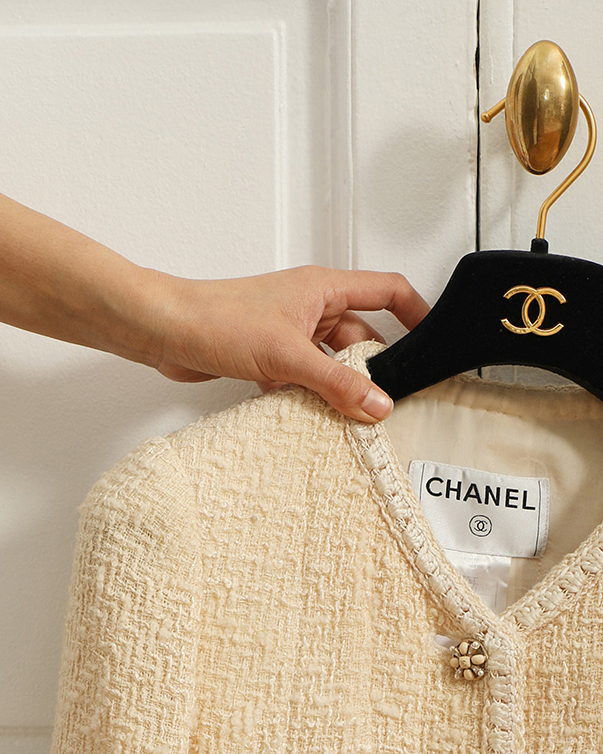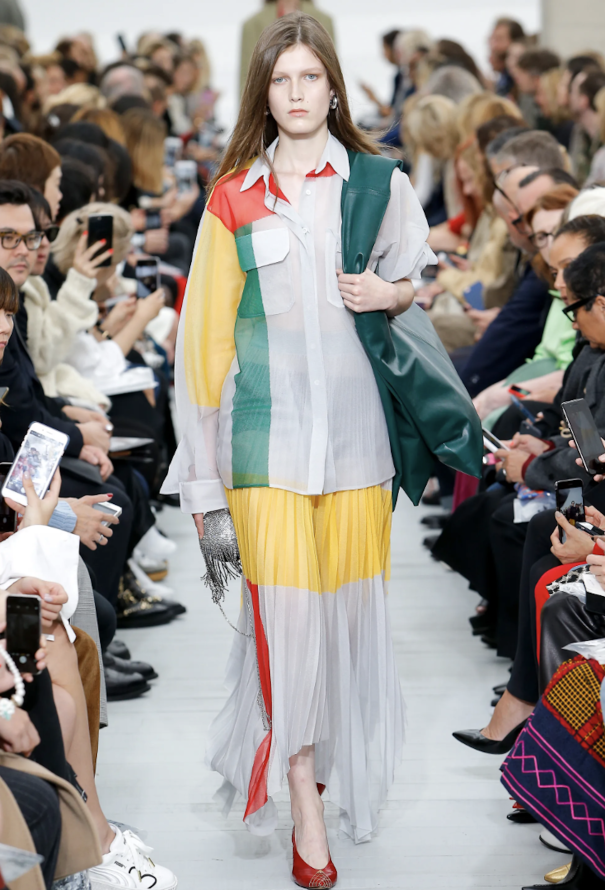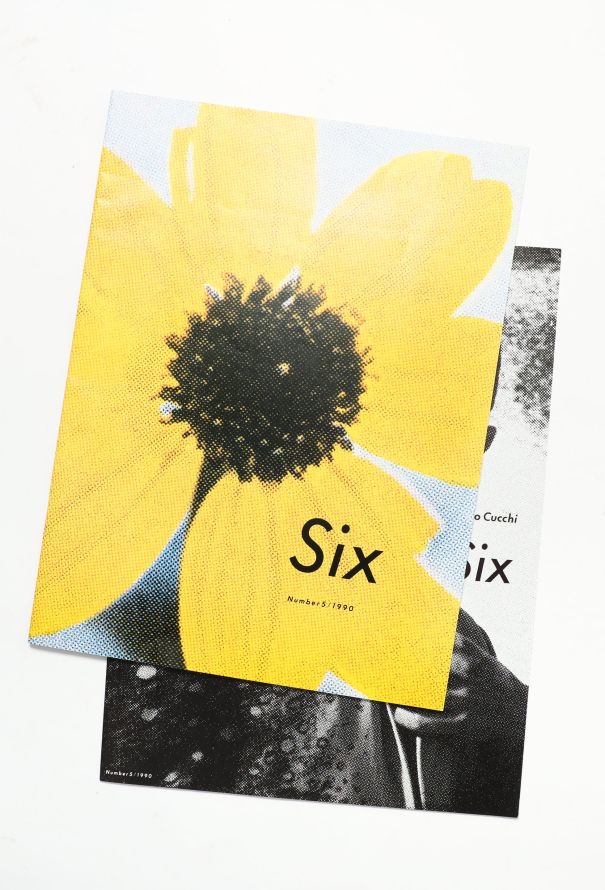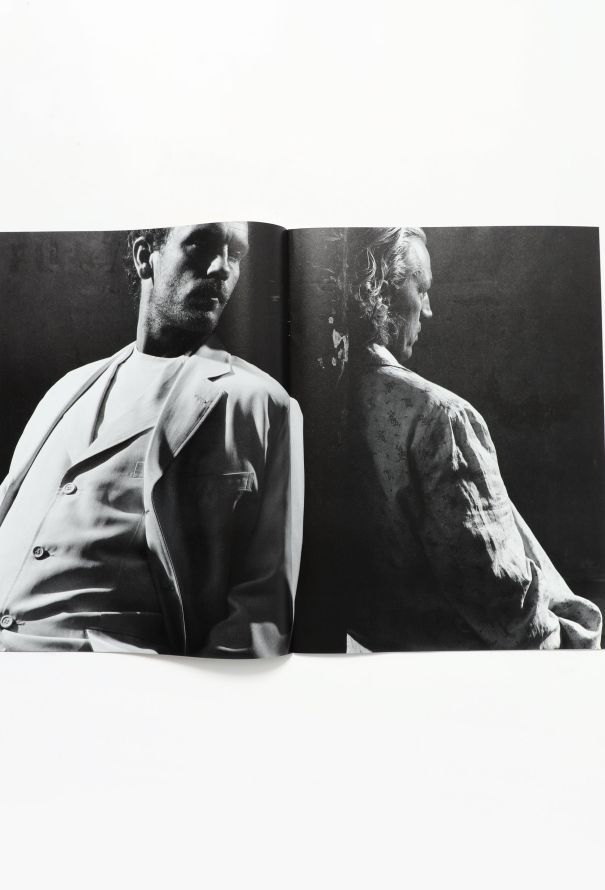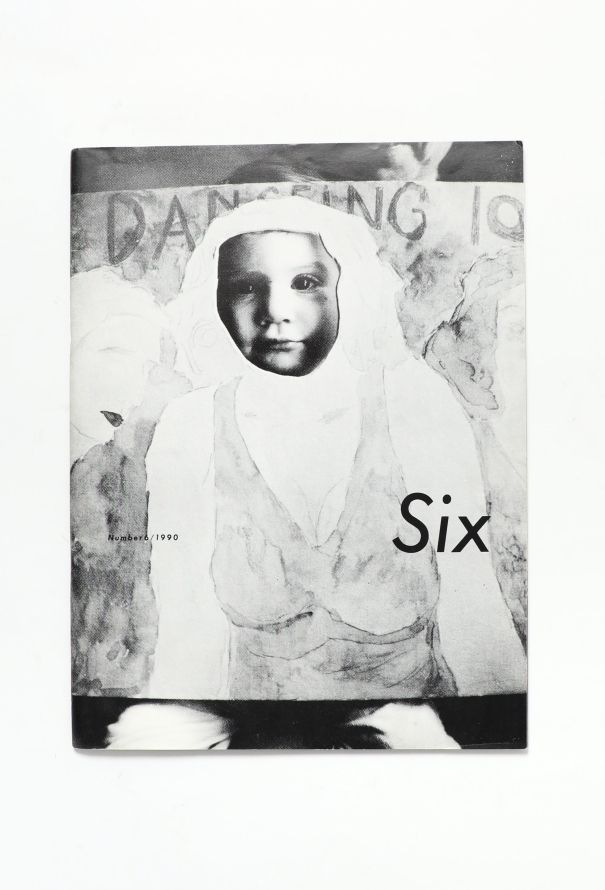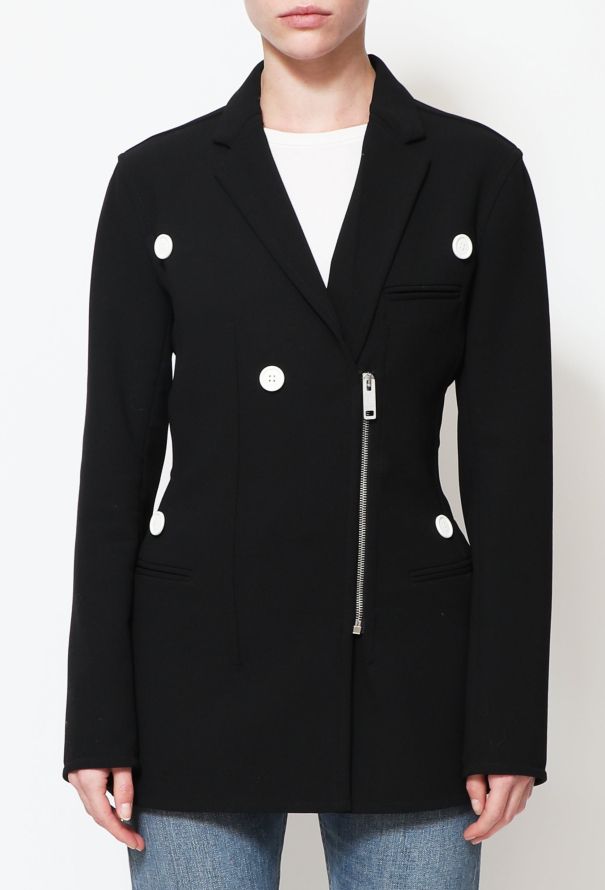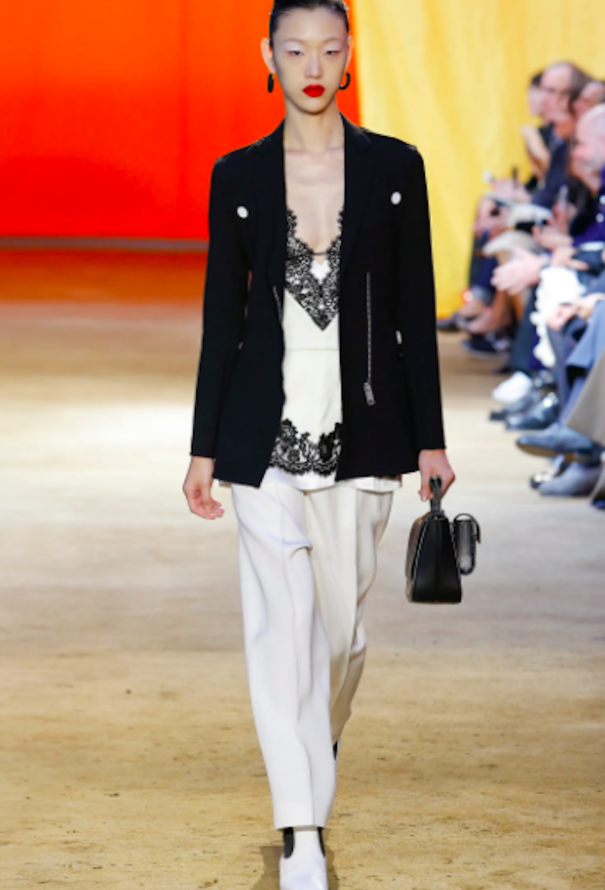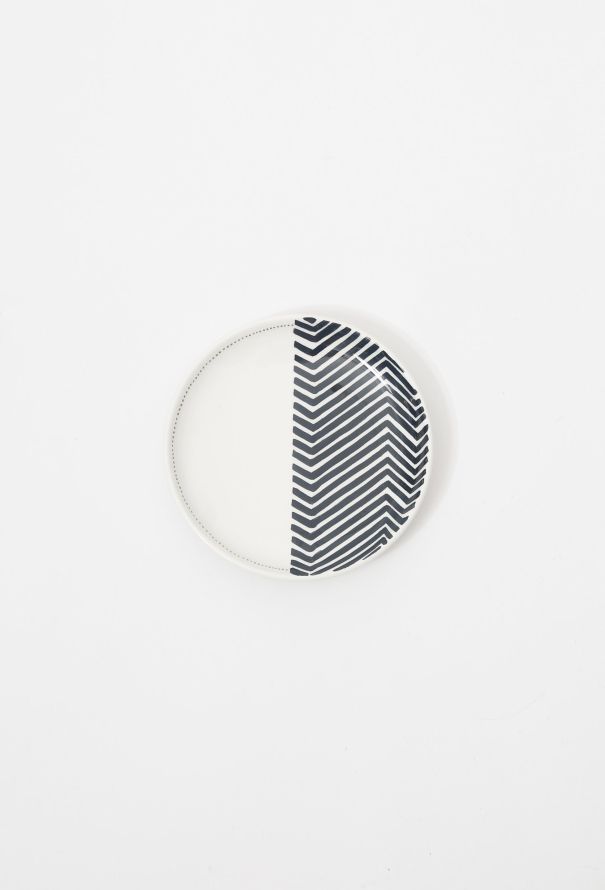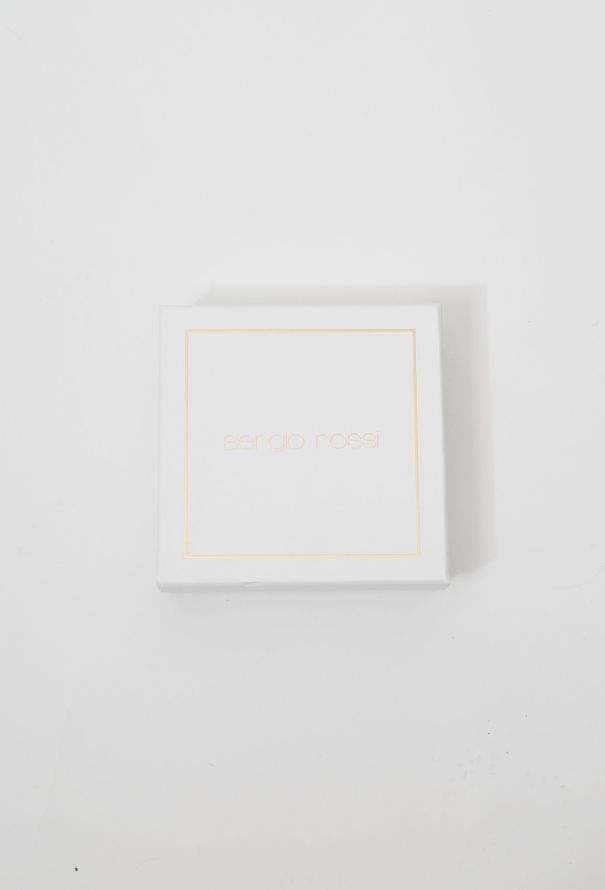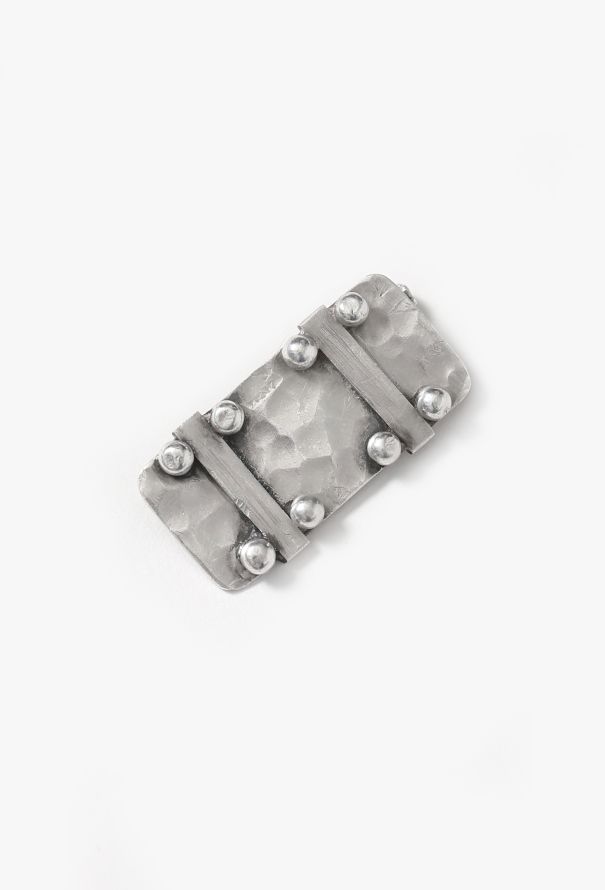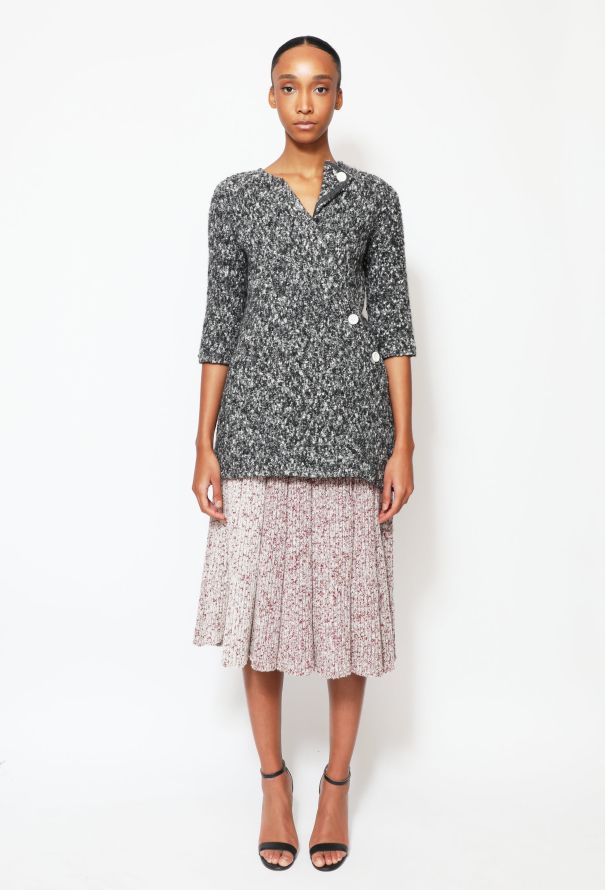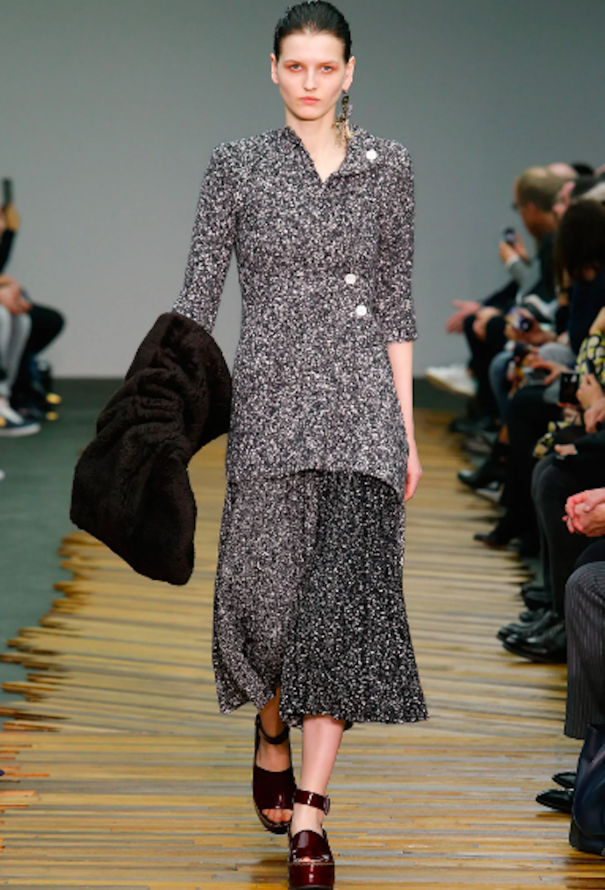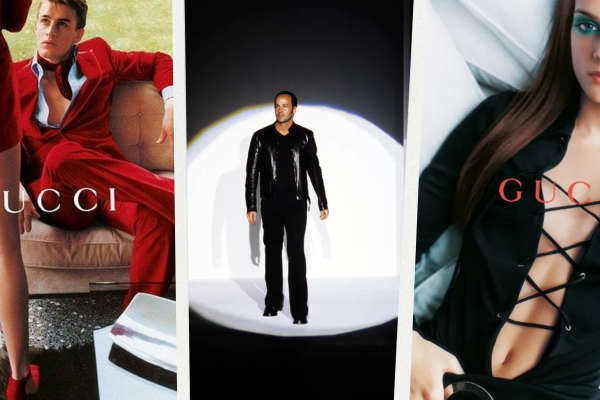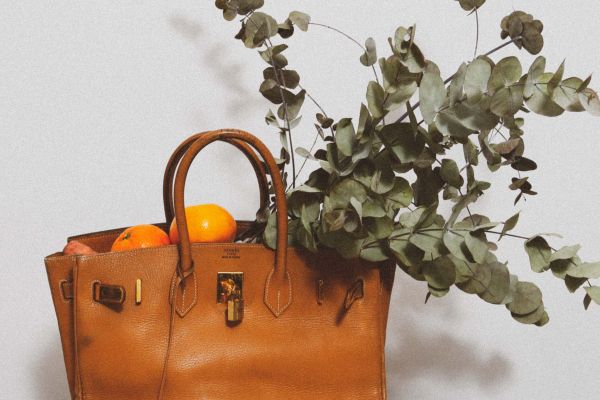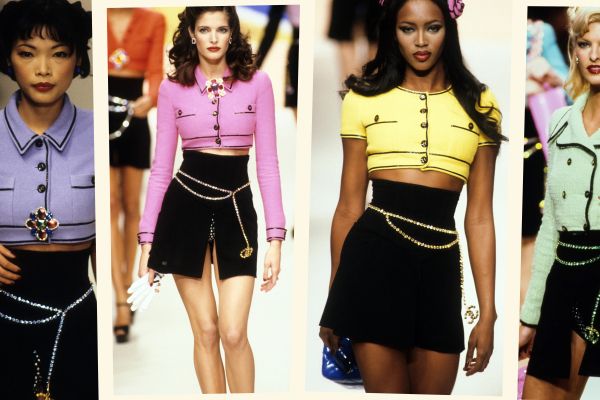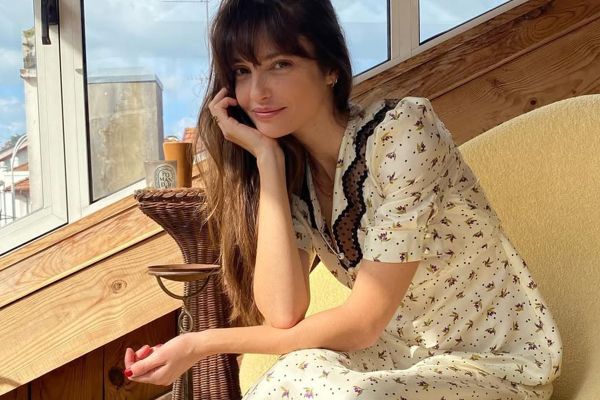The Style Series: Maria Foerlev
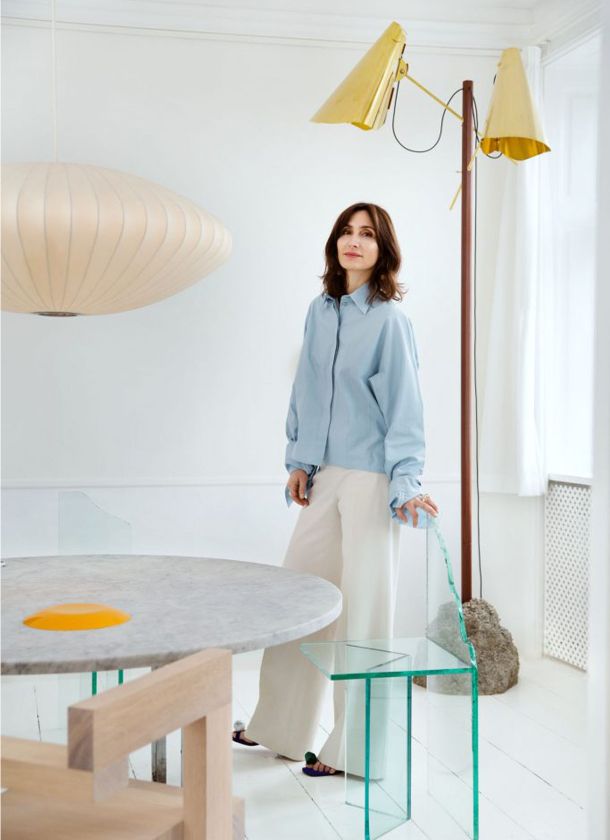
Photo credits: Jasper Carlberg
Since opening the Copenhagen-based gallery Etage Projects in 2013, Maria Foerlev has become known for championing young, forward-thinking artists—including FOS’s Thomas Poulsen, who created a selection of furniture and decor for Phoebe Philo’s Céline stores—but the Danish curator’s sharp eye is set squarely on the past when it comes to getting dressed.
As she puts it, “There’s meaning in looking back and finding pieces that work for you—and not choosing things just because they are made right now.” That’s not to say, however, that her wardrobe is made up of only the treasured 1970s Yves Saint Laurent hand-me-downs that she inherited from her mother.
Below, Foerlev discusses how she mixes vintage with wearable contemporary art.
How would you describe your style?
“I like good quality and nice materials. And, honestly, anything I wear just needs to be comfortable—I’m past the point of wearing high heels. On the whole, my clothing resonates with what I work with but is not too showy; the focus is on the art. For example, at an art fair or an opening, I don’t like things that make too much noise… More and more, I also like this idea of a work uniform, a uniform way of using clothes.
I appreciate fashion, but I also like to think for myself. I know what I can wear and what I should avoid. I do find myself going back a little more now; I don’t want to just go with what other people dictate, so I like to choose from older collections. There’s meaning in looking back and finding pieces that work for you—and not choosing things that are made right now just because they are made right now.”
Do you consider clothes works of art?
“I think [fashion and art] are connected in the way that we, as human beings, see visual impressions. Language often needs to categorize our impressions and creative expressions— is it architecture, music, design, art? —but I don’t really distinguish. The mind takes in everything without putting it into boxes. I think we should respect what we are looking at because it all affects us, whether it’s a painting, a chair we’re sitting in, or a jacket we’re wearing.
In 2020, I curated the exhibition Wearables, which featured artists who made wearable pieces. Artists always have a certain sense of dress and aesthetic, which I find so much more interesting than fashion itself. I think I choose [fashion] in the same way that I choose art and design: it’s not something you see everywhere.”
What are your wardrobe essentials?
“A button-down shirt and nicely cut trousers, sometimes with a vest or jacket. I’ve purchased so many shirts and black trousers in my quest for finding the perfect ones. I think I’ll always hunt for those two pieces.
I like to accessorize, but, when it’s so close to the body, the piece needs to have some kind of emotional value. I wear a Ryan Gander watch, which I got from my partner. It doesn’t have hands, so you can’t use it to see the time. It’s more like a little sculpture that you wear around your wrist. And I have a pendant necklace, Okay Not Okay, by the artist Camille Henrot. It’s this idea that people ask how you are doing, and the normal response is, ‘I’m good,’ but there’s also this little creature, which is maybe crying. These accessories aren’t just hanging on me because they show some status; each piece needs to make me think of something nice or meaningful.”
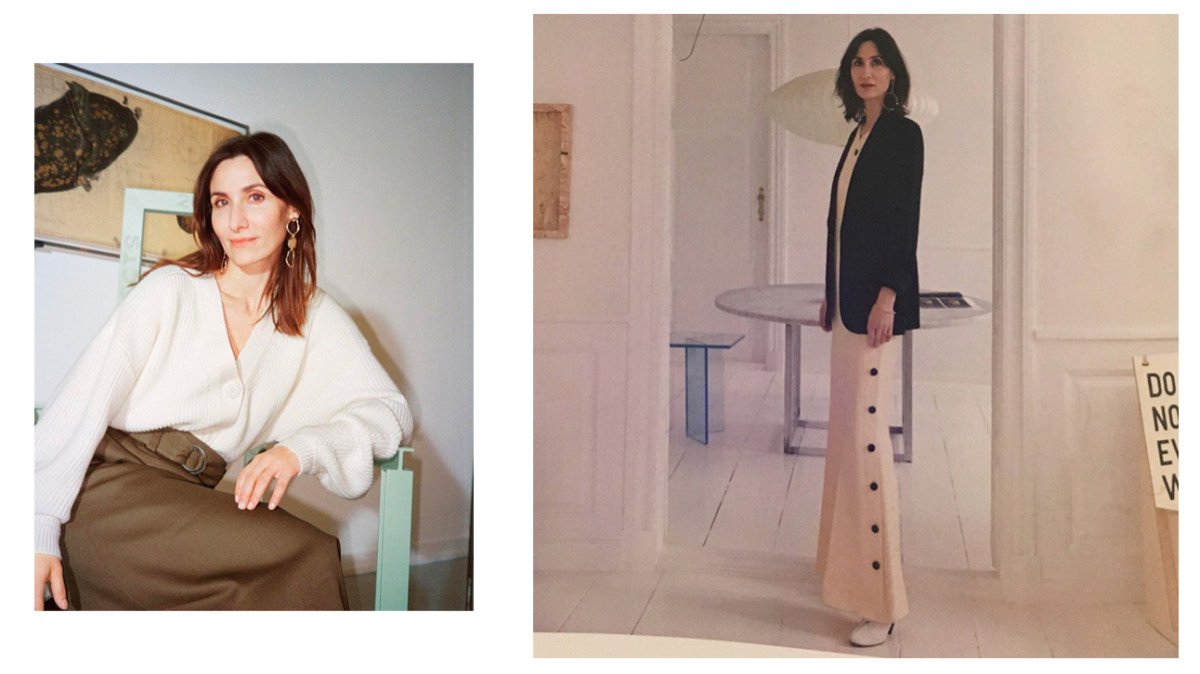
Why are you drawn to vintage?
“It just makes sense on so many levels. It allows you to choose your own aesthetic, to make it so much more interesting and creative; it becomes more personal than just choosing from what is produced here and now. And, of course, it makes sense in terms of sustainability. It would be silly to discard good-quality clothes when the season is over and move on to new things. You should take advantage of a well-made piece and use it until it can’t be used anymore. And, if you know you can sell it afterwards, you might even invest in better pieces.”
How did you first become interested in vintage?
“In my 20s, I became aware of this idea of presenting yourself—that you are actually projecting your own personality and the story you want to tell with the pieces that you purchase, whether you’re decorating your home with them or wearing them. At one point, I also just got fed up with this idea of fast fashion. In Denmark, we have Blue Cross shops where you can drop off and shop for old clothes. It’s like a scavenger hunt. The idea of this treasure hunt is a big part of [my interest in vintage].”
How do you incorporate vintage into your wardrobe?
“I don’t wear head-to-toe vintage, but an outfit becomes so much more interesting and personal, if you can incorporate a vintage piece. I obviously adore everything that Phoebe Philo has made. As a professional and a woman dealing with art, I’ve worn her designs a lot because they don’t make you feel fragile; they’re quite strong and elegant. I also have some old Yves Saint Laurent jackets from my mom as well as her old 70s Céline sweaters. I’ve always had a lot of clothes because I’ve never thrown anything out. My mother told me, ‘Don’t throw anything out because it all comes back.’
What’s your greatest vintage find?
“I have a 1970s Yves Saint Laurent Safari Jacket that I really love.”
What’s on your vintage wishlist?
“An old Cartier Tank Asymétrique watch. I like the way that it resonates with my idea of time—always leaning from or bending towards it.”
Do you have any style rules?
“No, that’s not too boring. I think that would take out a lot of the fun that goes into dressing. But, of course, there are some things that I’d never wear, like very low necklines. I don’t show cleavage…”
What’s your secret style address?
“In Copenhagen, there’s a beautiful old vintage shop called Décor. It has an array of amazing old buttons, if you want to do something with a more boring jacket.”
As told to Zoe Ruffner
Shop Maria's Select
At ReSee, every one of our vintage pieces comes with a story. This is, in large part, thanks to our unmatched community of consignors.
Though parting with such sartorial treasures may not be easy, the exceptional personal care we put into ensuring that they will go on to live a second (or, sometimes even, a third, fourth, or fifth) life offers a thrill — one rivaled only by that of the besotted shopper who adds them to her wardrobe.
Sell with us